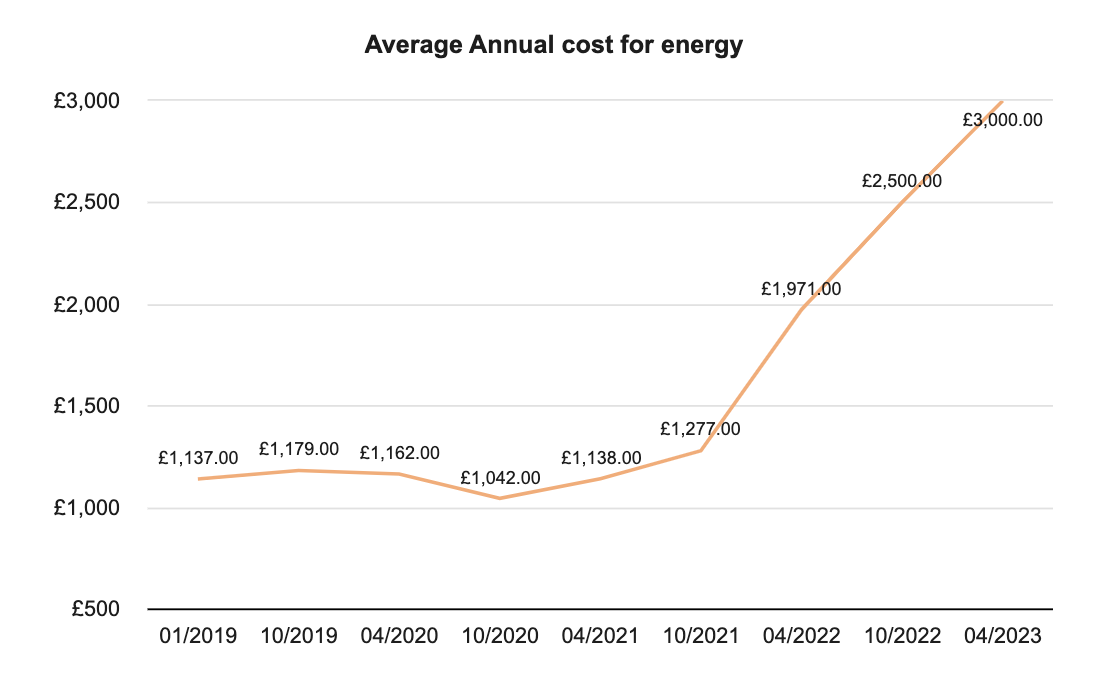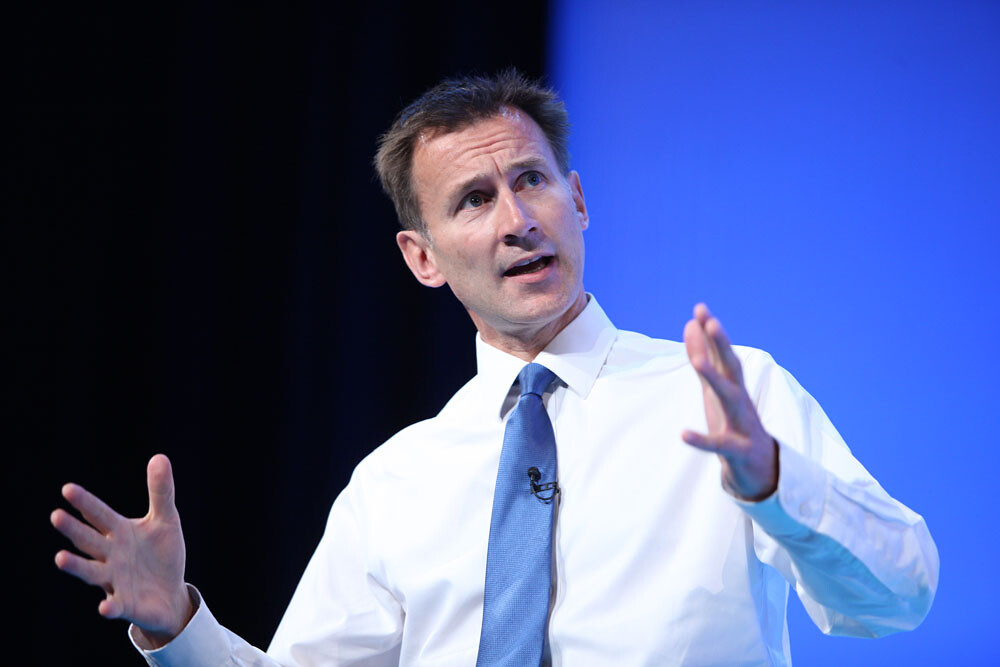Jeremy Hunt has confirmed the government will continue with their plan for a new Energy Price Guarantee (EPG) in April, despite calls for action to shield households from rising bills. The average UK household is currently expected to pay £2,500 a year for gas and electricity. From April 1st, this will rise to £3000.
In a letter to the Chancellor, MoneySavingExpert’s Martin Lewis warned that going ahead with the plans to increase the EPG will leave millions in fuel poverty.
What is the Energy Price Guarantee?
The Energy Price Guarantee is the maximum price an energy supplier can charge for a unit of gas and electricity. It’s made up of the unit cost and the standing charge, although it’s usually expressed as an annual total.
As of November 2022, the Energy Price Guarantee is currently set at £2,500 a year for the ‘average UK household’. This is an example household of 3-4 occupants using 12,000 kWh of gas and 2,900 kWh of electricity each year. From April, the same usage will cost £3000 over the year, or £250 a month.
Read about changes in the price of energy in the UK over the last 3 years

This chart tracks the changes in the annual cost of energy for a typical family, including April’s expected price rise.
How will bills change under the new energy price guarantee?
The specific changes to unit rates and standing charges will vary between suppliers and tariffs. However, based on the average total, we can project that a household with the same monthly usage will see a 20% jump in their bill from March to April.
This price increase coincides with the end of the Energy Support Payment scheme that ran this winter, providing households with monthly payments of £66. The two factors combined mean that in actual terms energy bills will be 40% higher for most households in April. The universal support will be replaced with a £900 payment made to around 8 million households in the UK in receipt of means-tested benefits. The total will be split into multiple payments throughout the year, with the first arriving in spring.
Here’s an example using the ‘average household’ the energy price guarantee is based on. In March their total energy bill should be £141.67 – one-twelfth of £2,500 minus £66.66 in Energy Support Payments. In April, the same household with the same usage will be charged £250.
Will energy prices drop in the future?
Currently, market analysts are predicting that domestic energy prices will drop in the autumn. Independent think tank the ‘Resolution Foundation’ predict that the EPG will drop to £2,200 this October. Meanwhile energy analysts Cornwall Insight project a slightly higher £2,389 cap.
Both projections are based on the falling wholesale price of gas, as well as factors like Europe’s unusually warm winter reducing demand for energy.
How can I save money on energy bills?
As ever, energy bills in the UK are based on your usage, so reducing the amount of energy you use at home is the easiest way to reduce your bills. We’ve published lots of easy ways to save energy at home in our guide ’72 ways to save energy at home’.
In the near future, you may also be able to save by switching to a cheaper energy tariff. Prior to the energy crisis, energy suppliers competed to provide low-cost fixed-rate tariffs to consumers. Right now, all suppliers have their best-value energy tariffs set at the maximum allowed by the energy price guarantee, but there are increasing indications we may see a return of lower-priced tariffs being available.
Once better value tariffs are available, you’ll be able to save on your energy bills by switching to one. If you’d like to know if and when UK energy suppliers make new energy tariffs available, join our mailing list to be kept up to date on all things utilities.
Read more about energy in the UK:













